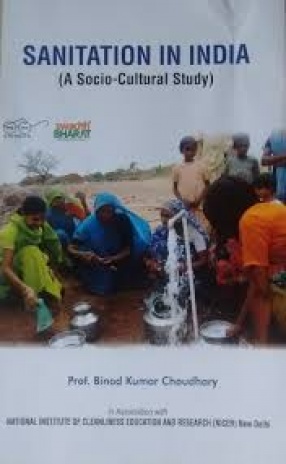Sanitation in India: A Socio-Cultural Study
Drinking water supply and sanitation in India continue to be inadequate, despite longstanding efforts by the various levels of government and communities at improving coverage. The level of investment in water and sanitation, albeit low by international standards, has increased in size during the 2000s. Access has also increased significantly. For example, in 1980 rural sanitation coverage was estimated at 1% and reached 21% in 2008. Also, the share of Indians with access to improved sources of water has increased significantly from 72% in 1990 to 88% in 2008. At the same time, local government institutions in charge of operating and maintaining the infrastructure are seen as weak and lack the financial resources to carry out their functions. In addition, only two Indian cities have continuous water supply and according to an estimate from 2008 about 69% of Indians still lack access to improved sanitation facilities. A study by WaterAid estimated as many as 157 million Indian or 41 percent of Indians living in urban areas, live without adquate sanitation. India tops urban sanitation crisis, has the largest amount of urban dwellers without sanitation and the most open defecators over 41 million people. A number of innovative approaches to improve water supply and sanitation have been tested in India, in particular in the early 2000s. These include demand-driven appraoches in rural water supply since 1999, community-led total sanitation, a public-private partnerships to improve the continuity of urban water supply in Karnataka, and the use of microcredits for water supply and sanitation in order to improve access to water and sanitation.
Get it now and save 10%
BECOME A MEMBER






Bibliographic information